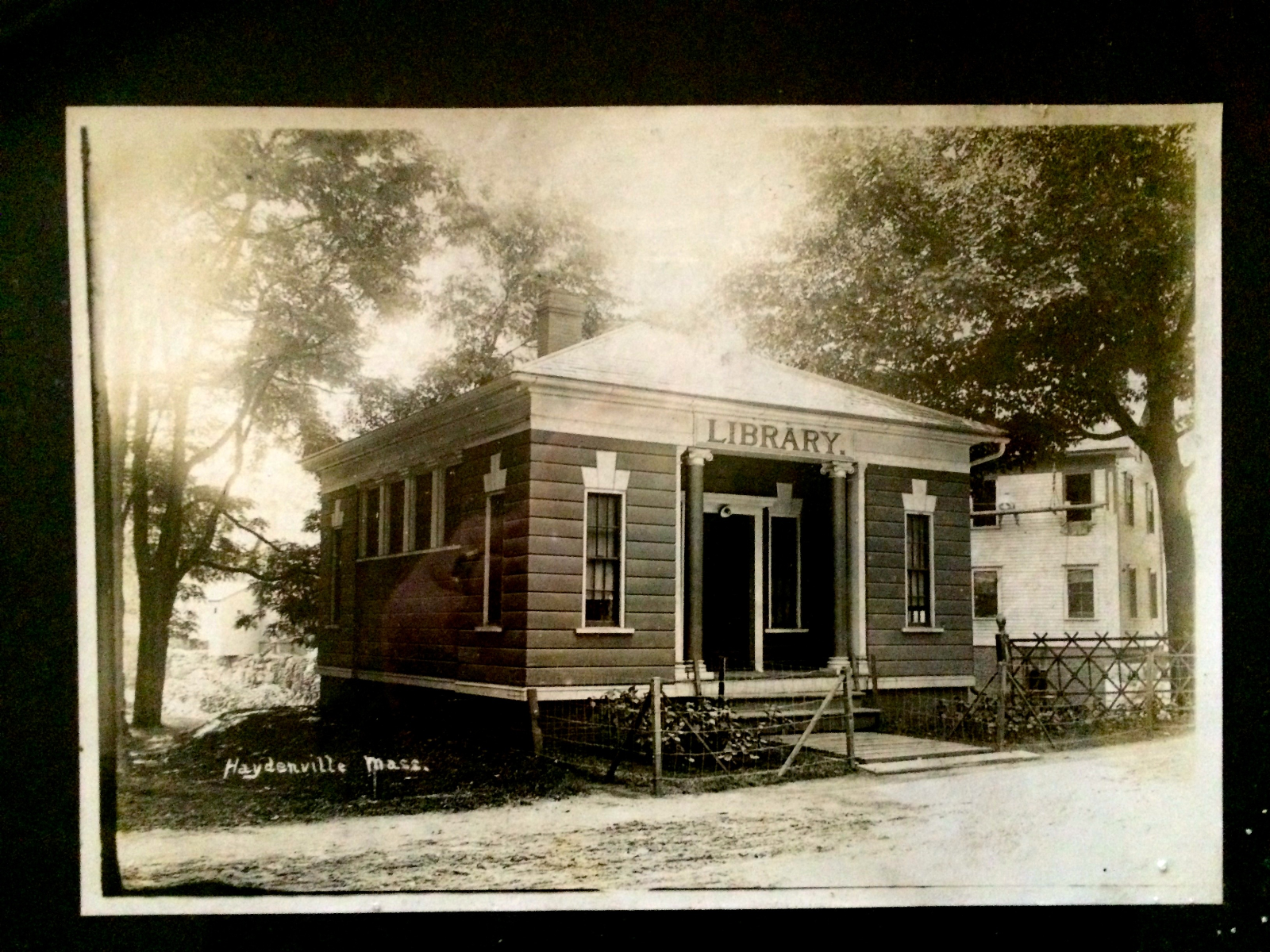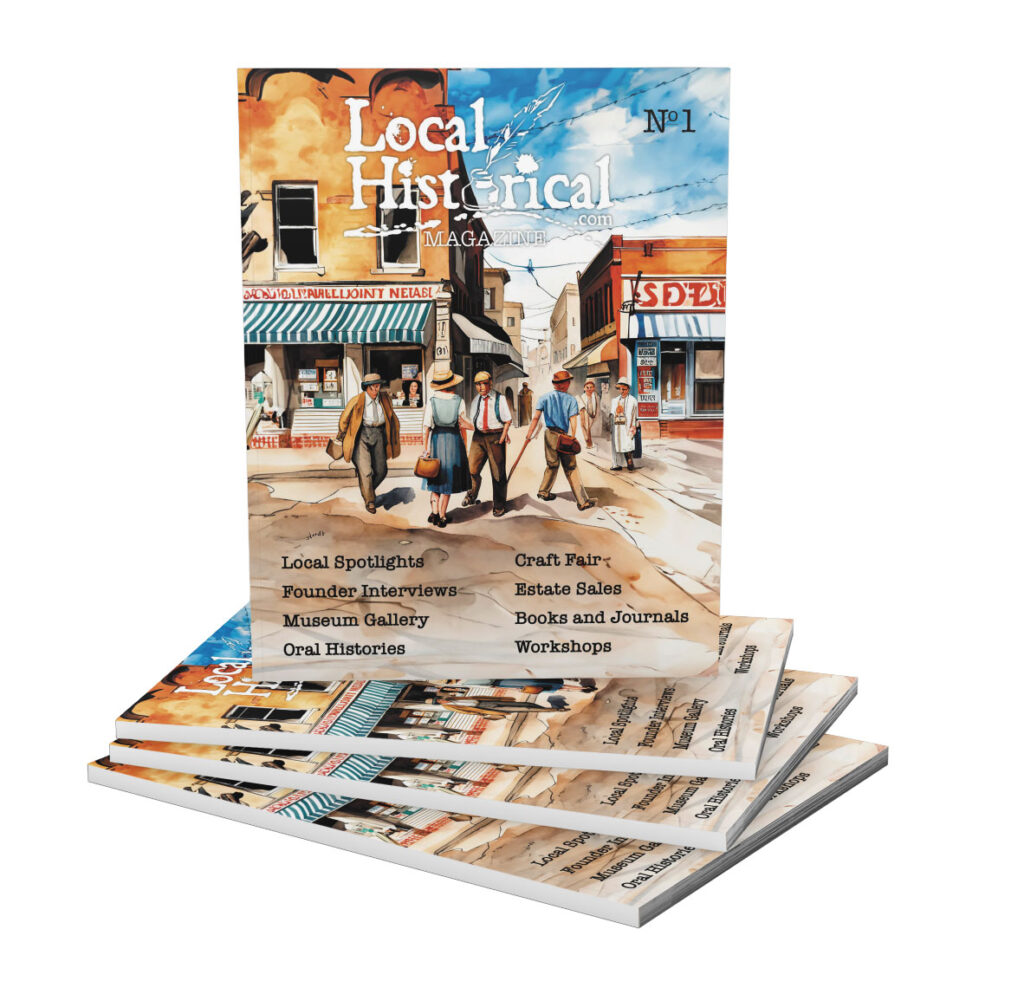The presence of a period after “Library” in some contexts could be attributed to specific historical, stylistic, or institutional reasons related to the library itself. The Haydenville Library, located in Haydenville, Massachusetts, is an example of a library that might be referenced in this manner. The small library building in the center of Haydenville was given by Miss Anna I. Hayden (1835-1912), daughter of Josiah and Ann Lewis Hayden, about 1890 in memory of her brother, Charles Rowley Hayden (1845-1886), whose portrait hangs near the fireplace.
Several reasons might explain the use of a period after “Library”:
- Historical Convention: The practice of using periods after titles or names, including “Library,” may reflect historical typographical conventions. When the Haydenville Library was established in the 19th century, it was common to use periods in signage, formal titles, and written communication more liberally than today. This usage can carry over into contemporary references as a nod to tradition or when replicating historical texts or designs.
- Stylistic Choice: It could also be a stylistic choice by the institution or in publications referring to the library. Style guides and branding guidelines often dictate such nuances, aiming for consistency in how an institution’s name is presented. If the Haydenville Library or its parent institution has specific guidelines recommending this punctuation, it would be used in official communications, signage, and references.
- Formality and Distinction: Adding a period after the name may serve to convey formality or distinction. For historic or prestigious institutions like the Haydenville Library, such stylistic flourishes can underscore their significance and heritage.
It’s important to note that while these are potential reasons for the punctuation choice, the specific rationale can vary based on the institution’s preferences, historical practices, or the context in which the name is being used.
I reached out the Meekins Archivist, Daria D’Arienzo, to see if there was an official explanation regarding the enigmatic dot:
“It appears that way in the earliest images we have in the archives. Unfortunately, there is no documentation that exists that says why they chose to present it that way. So I would say that your deduction about it being a stylistic choice of the time (c. 1890) is a good one. Here is a link to a bit of the history of the library. https://www.meekins-library.org/Pages/Index/183688/history-of-the-libraries. You may have already seen it— but just in case. I hope this helps a bit even though there is no definitive answer.”





